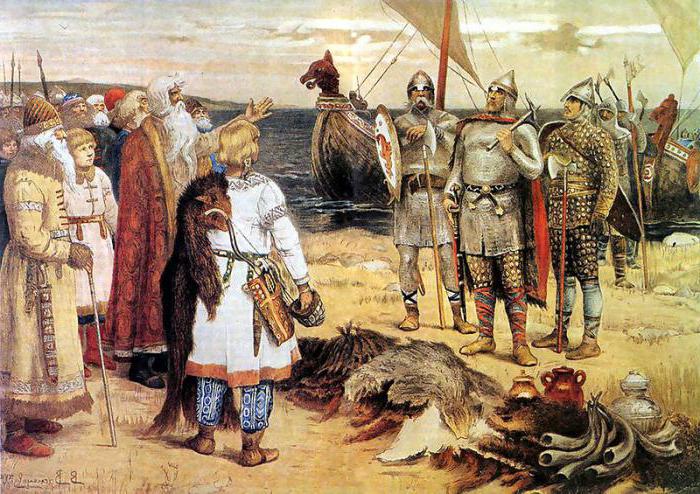Rus: history, main dates and events
For several centuries, Rus experienced ups and downs, but eventually became a kingdom with its capital in Moscow.
Short periodization
The history of Russia began in 862, when inNovgorod came Viking Rurik, proclaimed in this city prince. With his successor, the political center moved to Kiev. With the onset of fragmentation in Russia, several cities immediately began to argue with each other for the right to become the main in the East Slavic lands.
This feudal period was interrupted by the invasionMongol hordes and established yoke. In extremely difficult conditions of ruin and constant wars Moscow became the main Russian city, which finally united Russia and made it independent. In the XV - XVI centuries, this name has become a thing of the past. It was replaced by the word "Russia", adopted in the Byzantine manner.
In modern historiography, there are severalpoints of view on the question of when feudal Russia is gone. Most often, the researchers believe that this happened in 1547, when Prince Ivan Vasilyevich took the title of king.
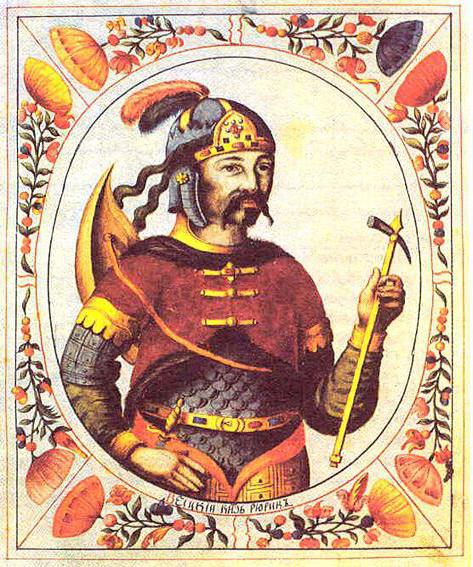
Appearance of Russia
Ancient united Russia, whose historybegan in the IX century, appeared after when in 882 the Novgorod prince Oleg conquered Kiev and made this city his capital. In this era, the East Slavic tribes were divided into several tribal alliances (glade, dregovichi, krivichi, etc.). Some of them were at enmity with each other. The inhabitants of the steppes also paid tribute to the hostile foreigners of the Khazars.
Therefore, the first princes of Kiev were occupied with the fact,that they tried to unite all the tribal unions under their authority. The creation of a centralized state was accompanied by wars and conflicts. For example, Prince Igor Ryurikovich (912-945) was killed by the Drevlyans, from whom he demanded too much tribute.
Christian Byzantium became another rival,with whom pagan Russia fought. The story of this conflict began when Oleg, who was the first of the Kiev rulers, went on boats to the south in order to receive tribute from the Greeks. Such campaigns continued until the XI century. Some of them were successful, others, on the contrary, ended in failure.
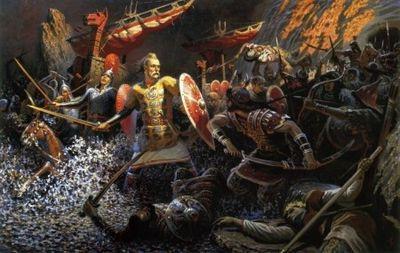
Adoption of Christianity
The most important event that the KievRussia, became the adoption of Christianity. This happened in 988, in the reign of Vladimir Svyatoslavich. This prince wanted to give up pagan faith and gain new allies. His choice fell on Christian Byzantium, with which Russia has had the closest ties ever since. The choice of Orthodoxy influenced the whole history of the country up to modern days. In 1054 the universal Christian church experienced a great schism, after which the Patriarch of Constantinople and the Pope of Rome betrayed each other anathema. The Russian state remained Orthodox, and after the fall of Byzantium in the 15th century it was also the world center of Orthodoxy.

The beginning of fragmentation
Under Vladimir (978-1015) also the first internecine strife began. Kievan Rus entered a period of political fragmentation. This process was normal for all European medieval states.
Formally, it took place because of the orderinheritance, in which the dying prince was to share his power between his sons, each of whom de facto became an independent ruler. Fragmentation also had deeper economic reasons. Rich cities that received money from trade and local resources did not want to remain subordinate to Kiev.
It is believed that ancient Rus experienced its heydaywith the son of Vladimir Yaroslav (1015-1054). He succeeded in overcoming his brothers and becoming the sole ruler of the country. However, with his sons and grandsons, the state increasingly disintegrated. Princes of Russia did not want to obey the Kiev monarch. New political centers appeared: Chernigov, Rostov, Polotsk, Galich, Smolensk, etc. As before, Veliky Novgorod remained unique, in which a special role was played by the Veche Assembly, which often opposed the princely power.

XII century
In the XII century, the finalfragmentation of. In 1136 the republican system was established in Novgorod. From this moment the princes received power on an elective basis, and not by inheritance, as in other lands. A similar principle operated in Pskov. Another important region was northeastern Russia. The history of its development is associated with the name of Yuri Dolgoruky (died in 1157). With him, Moscow was founded, and the most important cities in the country were Rostov and Suzdal.
His son Andrei Bogolyubsky raised the new center -Vladimir-on-Klyazma. Also with him in 1168 the coalition of princes from all over the country seized Kiev, after which it finally lost its political significance. The fragmentation of Rus was also accompanied by regular wars against the nomads who inhabited the southern steppes. Previously, they were Pechenegs, in the 12th century the Polovtsians took their place. Türkic-speaking tribes differed militancy. Steppenaks often robbed Russia. The history of this confrontation is most known due to the march of the Novgorod-Severus prince Igor in 1185. The narrative of this unsuccessful military campaign formed the basis of the oldest Russian-language literary monument "The Lay of Igor's Campaign."
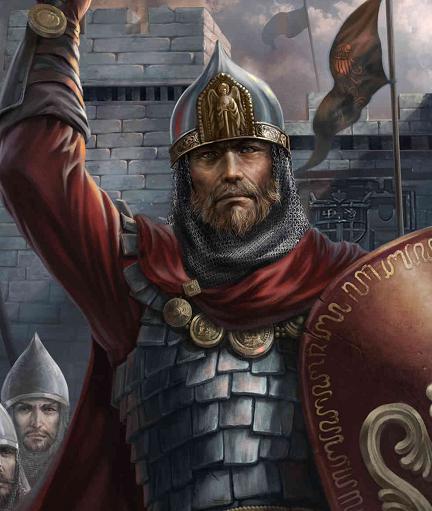
Mongolian invasion
The old way collapsed when the place of the Polovtsianscame the Mongolian hordes. Their homeland was the Baikal steppes. The legendary Genghis Khan conquered most of Asia, including China. His grandson Batu rose at the head of the campaign to Europe. On his way were the princes of Russia.
Due to fragmentation and inconsistencythe Slavic rulers could not muster an army that could oppose the Mongols. In the years 1237-1240. The horde destroyed almost all important Russian cities except Novgorod, which was too far to the north. Since then, the Slavic princes have become tributaries of the Mongols. In the Volga steppes, the Golden Horde was created. Her khans not only collected tribute, but also gave labels to the reign, refusing obstinate rulers who did not like them.
At the same time, Catholicmilitary monastic orders. The Pope organized crusades against the Gentiles and Gentiles. So the Livonian Order appeared. Another western threat was Sweden. In both countries, Russians were considered heretics. The aggressors were opposed by the Novgorod prince Alexander. In 1240, he won the Battle of the Neva, and two years later - the Battle of the Ice.
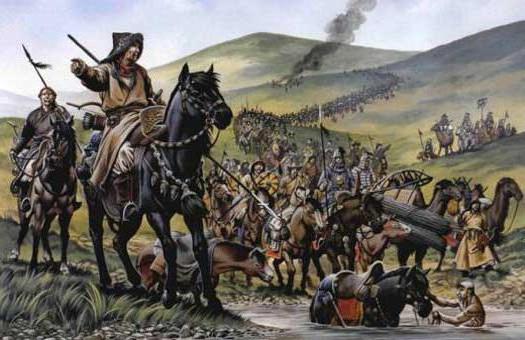
Unification of Russia
North-Eastern or Great Russia became the centerstruggle against the Mongols. This confrontation was led by the princes of a small Moscow. First they were able to get the right to collect taxes from all Russian lands. Thus, part of the money settled in the Moscow treasury. When enough strength was gained, Dmitry Donskoy found himself in an open confrontation with the Golden Horde khans. In 1380, his army defeated Mamaia.
But even in spite of this success, another wholeCentury Moscow rulers periodically paid tribute. Only after standing on the Ugra in 1480 yoke was finally dropped. At the same time, under Ivan III, almost all Russian lands, including Novgorod, were united around Moscow. In 1547 his grandson Ivan the Terrible took the title of tsar, which became the end of the history of princely Russia and the beginning of a new tsarist Russia.

